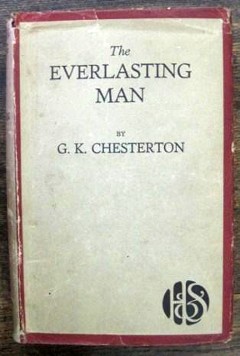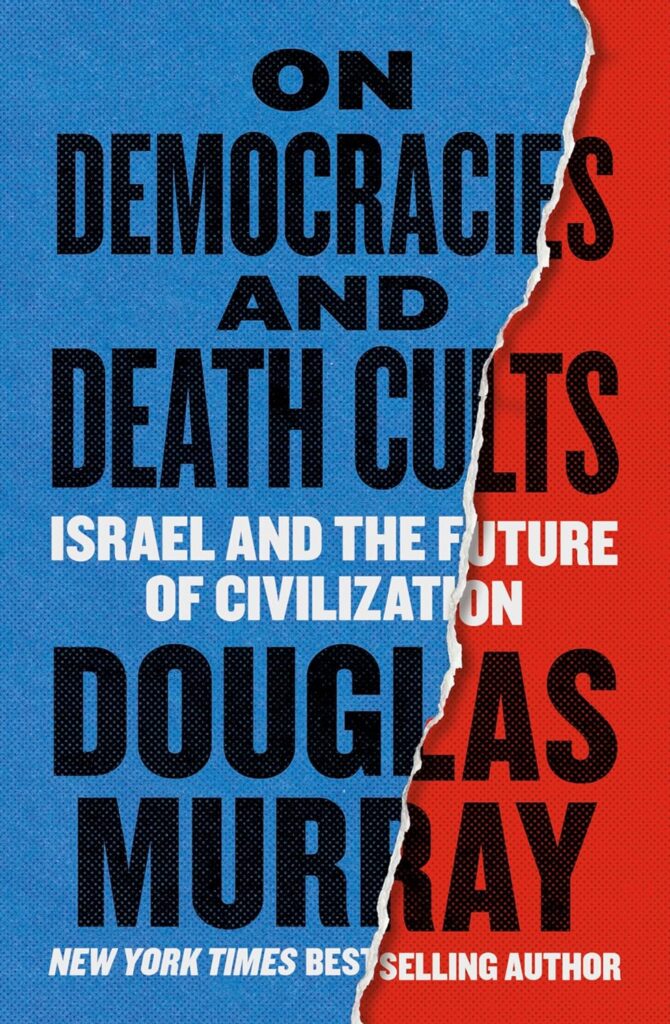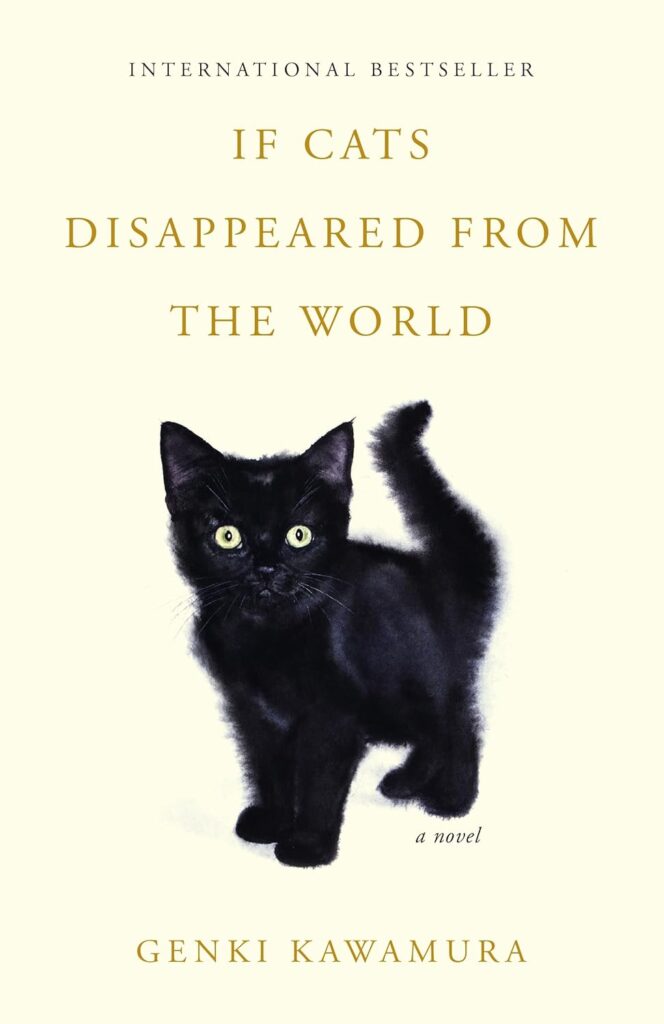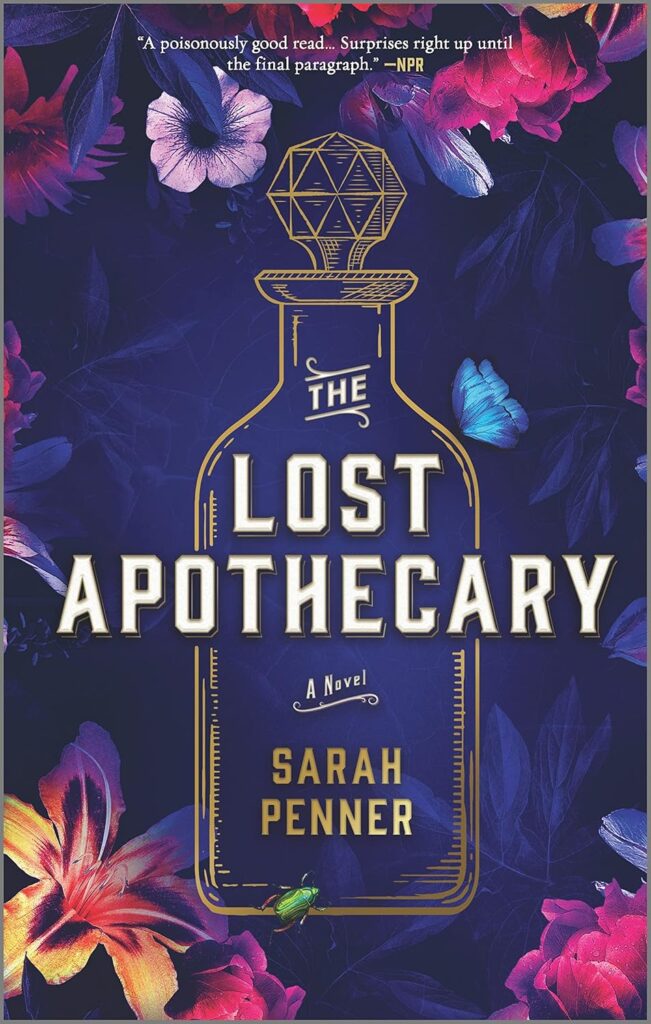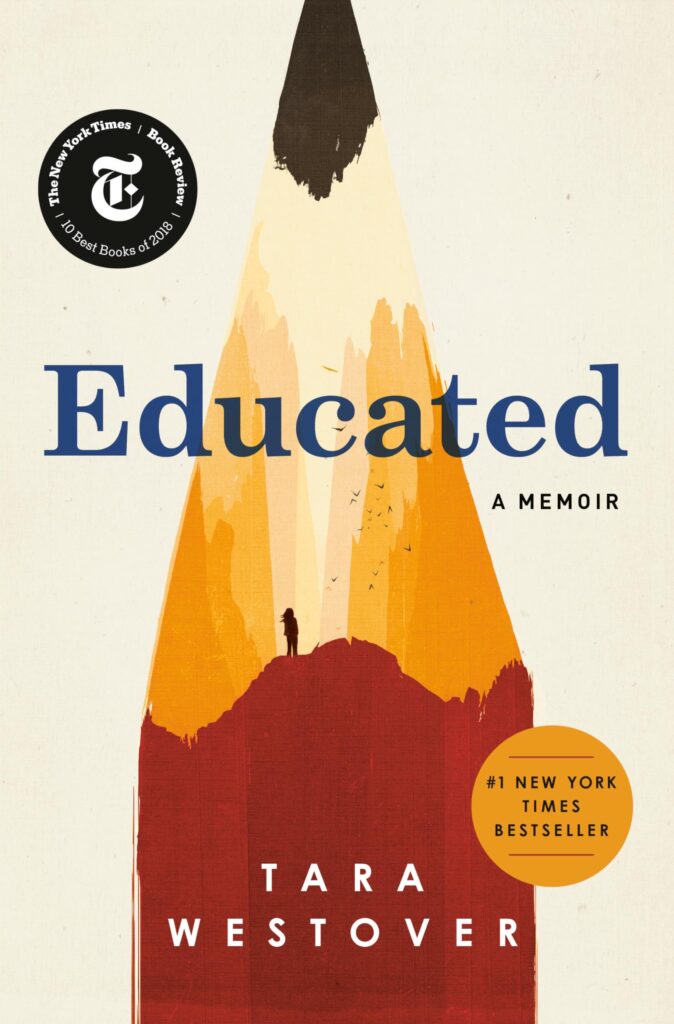There are few authors who can deftly combine sharp wit with intellectual weight quite like G.K. Chesterton. In The Everlasting Man, Chesterton sets his sights on the grand narrative of human history, a tale too often stripped of its wonder by reductionist accounts. His modest aim? To remind a weary world that mankind is neither a mere accident of nature nor a pawn in some mechanistic march of progress. Against H.G. Wells’s sweeping evolutionary history, Chesterton offers a spirited defense of humanity’s divine spark and the unparalleled drama of Christ at the center of it all. With every page, he challenges the reader to see not just the facts, but the profound truths lurking beneath them—truths that, once seen, refuse to be unseen.
The Context and Purpose Behind The Everlasting Man
G.K. Chesterton’s The Everlasting Man is more than a retort to materialist philosophy. It’s a bold, imaginative defense of the spiritual essence of humanity and a call to see history as something greater than a mere sequence of accidents. By reintroducing wonder and purpose into the story of mankind, Chesterton created a timeless work that refuses to be confined by contemporary intellectual trends.
Chesterton vs. H.G. Wells
Chesterton’s book was, in part, a direct response to H.G. Wells’s The Outline of History. In Wells’s evolutionary telling, humanity is reduced to a biological phenomenon, and history becomes a mechanical process driven by survival and progress. Chesterton found this perspective dangerously reductive, akin to viewing a great cathedral not as a work of transcendent inspiration but as a pile of stones shaped by erosion. He challenged Wells’s dismissal of the sacred, arguing that human history cannot be understood apart from its spiritual significance.
Chesterton viewed Wells’s narrative as not just incomplete but profoundly misleading. Whereas Wells emphasized the linear progression of humanity, rising from primitive origins to eventual enlightenment, Chesterton held a mirror up to this narrative, exposing its spiritual shallowness and historical blind spots. For Chesterton, the uniqueness of Christ’s story was not cultural trivia—it was the turning point of history itself. He argued that no secular ideology could grasp the paradox of humanity’s greatness and frailty without recognizing its divine image.
If you’d like to explore more about The Outline of History and its influence, this Wikipedia entry sheds light on the context Chesterton critiqued. For a deeper dive into Chesterton’s perspective, the Chesterton Lecture 44 provides a detailed discussion of how The Everlasting Man serves as a rebuttal to Wells.
Philosophical Foundations
At the heart of Chesterton’s argument is a profound rejection of the idea that human progress follows a straight line. Instead of the monotony of linear progression, he embraced the vitality of cycles, where civilizations rise, fall, and rekindle themselves. To Chesterton, this cyclical view better reflects the reality of human societies, with their moments of spiritual renewal often outpacing mere technological or material advancements.
Chesterton framed the spiritual dimension as essential, not ancillary, to understanding humanity. He saw religion not as a product of human culture but as the source of it. For him, the instinct to worship and seek meaning was as vital as the instinct to breathe. Civilizations, he argued, do not decay because they lose material power; they fall when they lose their spiritual roots.
This cyclical understanding, however, ultimately underscores Chesterton’s claim that the story of Christ breaks the cycle. Where humanity’s efforts at meaning often end in despair or repetition, the drama of the Incarnation offers something extraordinary: the intersection of eternity with time.
For a closer look at Chesterton’s views on humanity’s spiritual essence and cyclical patterns, check out this chapter-by-chapter guide which provides a thorough breakdown of his arguments.
Through The Everlasting Man, Chesterton invites us to step back and consider the grander design, one layered with mystery, beauty, and divinely evident purpose. It’s not just our history he reclaims, but our humanity itself.
Understanding Humanity: Chesterton’s Perspective
G.K. Chesterton, in The Everlasting Man, doesn’t simply sketch history; he breathes life into it with insights that challenge our assumptions about what it means to be human. Through his exploration of art, symbolism, and religious evolution, Chesterton invites us to contemplate why humans are not just another species on the planet. What truly sets us apart? For him, it’s more than just intellect or survival instincts—it’s the creative and spiritual spark that defies simple explanation. Let’s dig deeper into these pivotal aspects.
The Role of Art and Symbolism
For Chesterton, the defining feature of humanity isn’t our practical achievements or ability to outlast other creatures; instead, it’s our inclination toward beauty and meaning—what he terms “artistic expression.” He famously discusses cave paintings, marveling not at their primitive execution but at the very fact they exist. What kind of creature, he wonders, would pause a hunt or a struggle for survival to splash pigment onto rock? Animals survive; humans create.
Chesterton viewed art as a profound marker of our spiritual uniqueness. He argued that these early efforts—whether cave drawings or ornate sculptures—aren’t just decorative or practical. They’re symbolic of something deeper—a restless search for transcendence. Unlike animals, which live instinctively within a moment, humans feel an overwhelming need to connect to something beyond themselves. This drive to create is inseparable from our nature.
Even in the supposed “simplicity” of these artistic expressions, Chesterton saw the profound. A handprint on a cave wall isn’t just a handprint—it’s a declaration: “I existed, and I sought to say something eternal.” From this perspective, art becomes less about skill and more about faith, an act of believing there’s something worth recording for posterity. For more on how Chesterton reflects on the importance of art throughout history, this analysis of symbols in The Everlasting Man captures these ideas beautifully.
And isn’t that precisely what separates us from animals? Animals might build intricate nests or perform elaborate dances, but they don’t produce symbols. They don’t paint to echo their existence or carve to embody their fears and dreams. Chesterton posited that it is the spiritual hunger, not just physical necessity, that makes a human. Our symbols—from cave paintings to cathedrals—are an unmistakable imprint of our divine image.
Religious Evolution and Humanity
Chesterton believed that one of humanity’s most mysterious qualities is our collective gravitation toward religion. Our narratives, even in their earliest form as myths, reveal an innate sense that life is more than survival—it’s a story, and somehow, we belong to it. For him, the development of religious beliefs wasn’t just history evolving; it was humanity reaching for heaven.
He observed that ancient mythologies were far more than quaint superstitions. They were earnest attempts to explain the ineffable, to make sense of a chaotic world through stories that transcended the visible. From the pantheon of gods in Greece to tribal rituals of the unknown, Chesterton saw the seeds of organized religion taking shape. Each step—from myth, to metaphor, to theologies like Christianity—was humanity’s instinctive response to a world that cried out for meaning.
Critically, Chesterton argued that the rise of monotheism and, ultimately, Christianity was not a linear “progression” as materialists might suggest. He described this shift as the culmination of something deeper, almost inevitable. To him, Christianity was not a mere modification of earlier beliefs; it was their fulfillment. Where mythology gestured toward the divine but stumbled in abstraction, Christianity revealed the God who entered history.
Chesterton uniquely placed Christ at the crux of this religious evolution. He saw the Incarnation not as the pleasant conclusion to humanity’s long search but as its electrifying disruption. Here, for the first time, was not humanity guessing at God but God entering the story of humanity. This moment, Chesterton believed, was the turning point that forever changed how we perceive ourselves and our place in the universe. For a fascinating exploration of Chesterton’s thoughts on this progression of belief, Chesterton on humanity and comparative religion offers an insightful perspective.
This spiritual unfolding was, in Chesterton’s view, the ultimate proof of humanity’s uniqueness. A leopard doesn’t pause between meals to fashion prayers or contemplate eternity. Yet humanity has willingly starved for its gods, even when food was scarce. Every civilization, no matter how outwardly different, has carried forward this burning desire for understanding—a desire Chesterton interpreted as not just a human trait, but a divine fingerprint.
The Uniqueness of Christianity
G.K. Chesterton doesn’t merely defend Christianity in The Everlasting Man—he illuminates its singularity with a kind of fierce clarity. To Chesterton, the faith is not just one belief system among many; it stands alone as an unprecedented and unparalleled force in human history. Unlike philosophies or ideologies that fade with time, Christianity occupies a unique space, speaking not only to the mind but to the soul, with its improbable harmonies and daring claims.
Christ as the Central Figure of History
In Chesterton’s view, Jesus Christ is not simply another entry in the long catalog of historical figures. He is the axis upon which history turns. Many founders of religions make extraordinary claims, but none claim what Christ did—that He was both fully human and fully divine. This staggering assertion is one that no mere mortal could concoct without collapsing under its implications. To borrow Chesterton’s phrasing, most men could imagine themselves as gods out of arrogance, but only a god could dare to imagine Himself as a man.
Chesterton places incredible weight on the uniqueness of the Incarnation. He points out that this event was unlike anything found in mythology or philosophy. Pagan gods stayed forever distant or capriciously meddled with human affairs. Philosophers imagined unmoved movers or abstract ideals. Christ, by contrast, entered history in the humblest of forms, endured human suffering, and spoke with startling authority. At His core was not just a message, but an invitation to a relationship with the Divine.
By allowing Himself to be crucified, Christ turned the concept of divinity on its head. Where ancient gods amassed power, Christ emptied Himself of it. Where rulers sought to conquer, Christ submitted to the ultimate humiliation. And yet, as Chesterton brilliantly illustrates, this apparent defeat was in fact the greatest victory. It’s as if the impossible happened: light conquered darkness by entering it, not destroying it.
Want to read more about Chesterton’s take on Christianity’s unparalleled claim of divinity? See this discussion of Christ’s role in history. It captures Chesterton’s profound insights.
The Paradoxes of Faith
Chesterton was a master of spotting paradox, and he admired Christianity precisely because it is full of them. In it, one finds truths that seem absurd at first glance but grow into profound mysteries the more deeply they’re contemplated. Take, for instance, the idea of divine humility: a supremely powerful God choosing to be born in a manger, to unremarkable parents, in an unremarkable town. How counterintuitive! And yet, Chesterton argued, this humility is what makes Christianity so beautiful and compelling. For what other religion allows the Infinite to stoop so low that no suffering human feels beneath Him?
Consider the way Christianity reconciles contradictions without erasing them. Christ is both God and man. His kingdom is eternal but exists among us on Earth. Faith is both personal and communal. This balancing of extremes forms, as Chesterton puts it, “the thrilling logic of a thing that becomes true by ceasing to be merely reasonable.” In other words, Christianity doesn’t tidy up human complexities—it embraces them, answers them, and transforms them.
Even the concept of sin and grace is paradoxical. The faith insists that humans are broken, yet infinitely valuable. We’re called wretched but redeemed. Chesterton marveled at how Christianity confronts life’s stark realities without despairing, offering hope not by ignoring pain but by transmuting it into redemption. These are not surface-level contradictions; they’re profound truths that refuse to fit into neat, rationalist boxes.
For an in-depth breakdown of these contradictions, check out this explanation of the paradoxes of Christianity in Chesterton’s writings.
In short, Christianity’s paradoxes are not flaws—they are the fingerprints of a divine story. They challenge and stretch our understanding, forcing us to see the world with richer eyes. This, for Chesterton, is precisely why Christianity is true: it doesn’t conform to human expectations, but instead transforms them. And isn’t that what truth ought to do—startle us awake and leave us wondering how we ever missed it?
The Endurance and Influence of Christianity
Christianity, as G.K. Chesterton observed, persists not because it’s easily understood or universally embraced, but because it is a faith built to withstand storms. Its resilience flows not from its fragility but from its paradoxical and mysterious nature. Like a tree battered by countless winds and still standing, Christianity has not only survived history but shaped it as well. This phenomenon is reflective of the very God it worships—unseen yet undeniable, silent yet ever-present.
Challenges Through History
Throughout its history, Christianity has faced challenges that would have dismantled lesser ideologies or belief systems. From persecutions in the Roman Empire to the intellectual challenges of the Enlightenment, its survival often defied both logic and expectation.
Consider the early Christians, subjected to brutal oppression under Roman emperors such as Nero and Diocletian. At its inception, Christianity was a marginalized and mistrusted sect, ridiculed by proponents of traditional pagan religions. Yet despite this, Christianity grew. It thrived not just by surviving persecution but, in many ways, because of it. The early martyrs embodied a paradox that startled ancient observers: they faced death with an unworldly peace, convinced that death was merely the beginning. This defiant hope led more observers to conversion than countless debates could have. As one historian phrased it, “the blood of the martyrs was the seed of the Church.” The eventual conversion of Constantine signaled the moment when an underground movement became one of history’s most transformative forces.
But that was only the beginning. The Protestant Reformation, the rise of secularism, and challenges posed by modern science have forced Christianity to defend its relevance and truth repeatedly. Each time, far from being extinguished, it adapted and became stronger, like steel forged in fire. Chesterton, rightly amused by secular predictions of Christianity’s demise, remarked that its critics kept digging Christianity’s grave only to find it empty every Sunday morning.
For a deeper perspective on how Christianity has continually shown resilience, explore this article on the “early Christian third way” and its shaping of the world following periods of adversity.
Christianity’s Impact on Culture and Progress
While survival is one thing, the ability to influence is another entirely. Christianity has not simply endured; it has left its signature on nearly every aspect of cultural and societal progression.
Let’s talk about art and the persistent Christian desire to reveal something eternal through human creation. From Michelangelo’s Sistine Chapel to the soaring Gothic cathedrals of Europe, Christianity gave humanity a new language to express the divine. These were not merely artistic triumphs; they were acts of worship that aimed to translate heaven into earthly terms. Art infused with Christian theology doesn’t just depict beauty—it embodies a yearning for ultimate truth.
Music, too, has carried the faith’s influence. Gregorian chants, Bach’s sacred compositions, and modern Christian hymns all show how Christianity inspires not merely technical brilliance but transcendent expression.
Turning to philosophy, Christianity introduced a profound ethic of human dignity rooted in the belief that all people are made in the image of God. This inspired the abolition of slavery, legal reforms, and movements toward universal human rights. C.S. Lewis observed that cultures influenced by Christianity tend to value the individual, not as an isolated unit but as a soul worthy of divine love. The modern concept of equality has its roots in this revolutionary understanding.
And what of progress? True progress, in Christian understanding, seeks not merely technological and financial gain but the growth of the human spirit. Chesterton would agree that Christianity places the focus on elevating the soul. Sin and grace, despair and redemption—these cycles have driven humanity’s collective moral imagination far more than fleeting accomplishments ever could.
For an in-depth exploration of Christianity’s role in art and morality, consider reading this thoughtful essay on Christianity’s progress. It’s a compelling look at how the faith has propelled humanity toward higher aims, even amid resistance from the secular world.
In every era, Christianity has remained at the intersection of challenge and inspiration. Is it any surprise that a faith so fixated on the paradox of life through death continues to transform every corner of the world it touches?
Conclusion
G.K. Chesterton’s The Everlasting Man remains as relevant today as it was nearly a century ago, not because it offers conventional answers, but because it reframes the questions. Its brilliance lies in reminding us that humanity’s story cannot be flattened into mere mechanisms of biology or sociology. Instead, it demands to be understood through the lens of wonder, faith, and divine mystery.
This work challenges shallow narratives, offering instead a bold vision of history where Christ stands as its axis and Christianity as its unique culmination. For a culture still tempted by reductionist philosophies, Chesterton’s sharp wit and timeless insights invite us to ponder the sacred and reject the trivial.
If we are indeed searching for meaning in our modern age, his words prompt us to consider: have we truly faced the meaning of the miracle at the heart of history? His argument is clear—humanity without God is a masterpiece without its artist. With that, the challenge passes to us, to see beyond the reduction, to seek the eternal.

